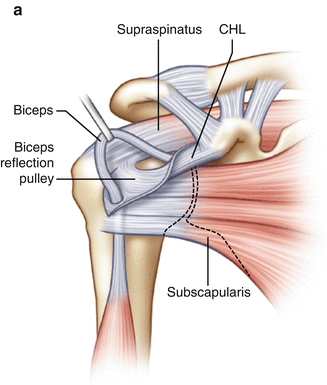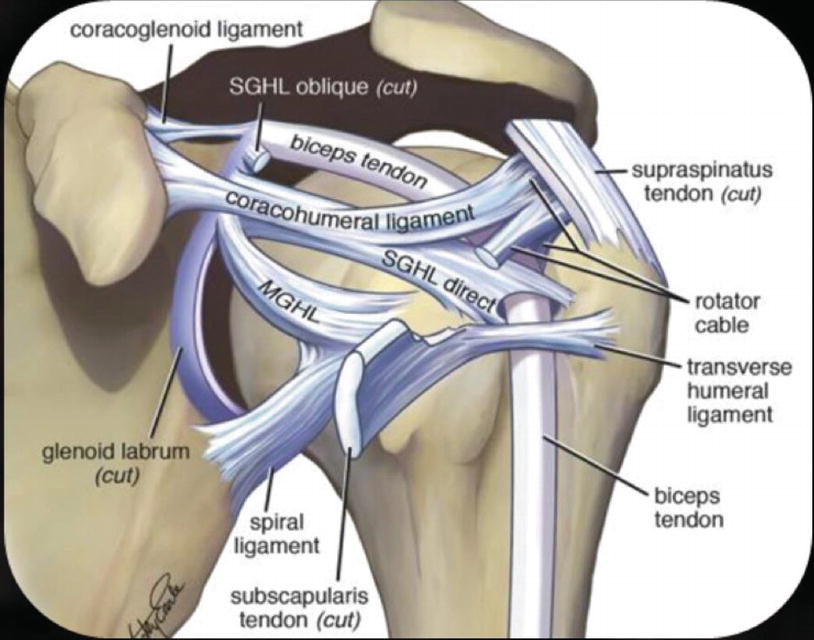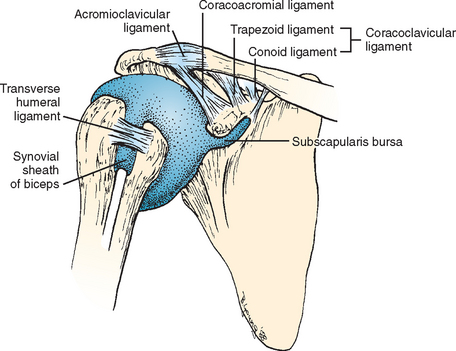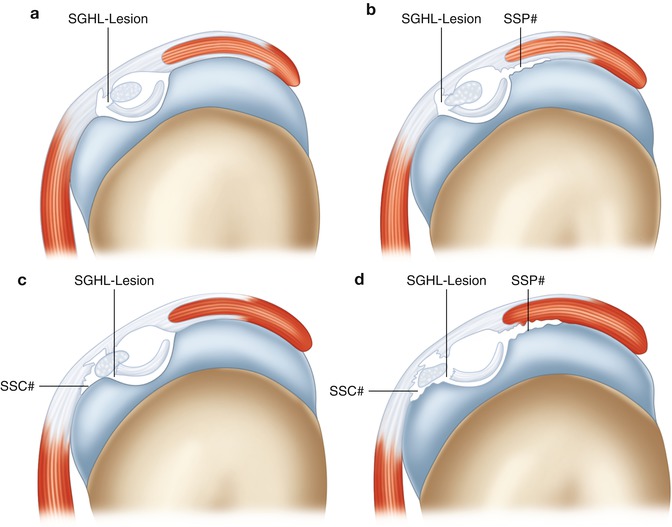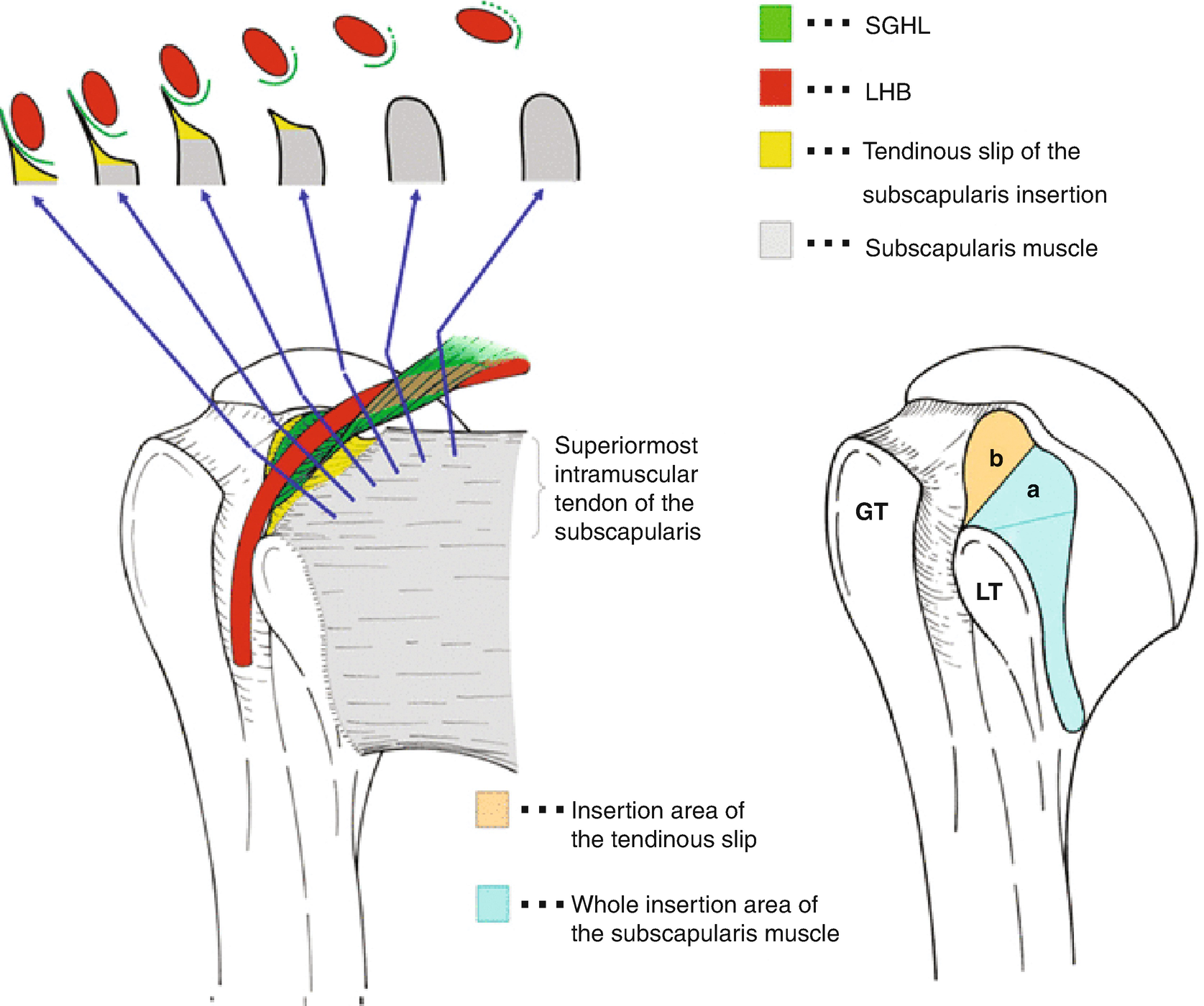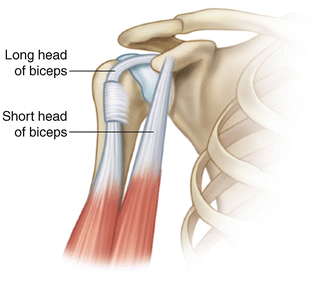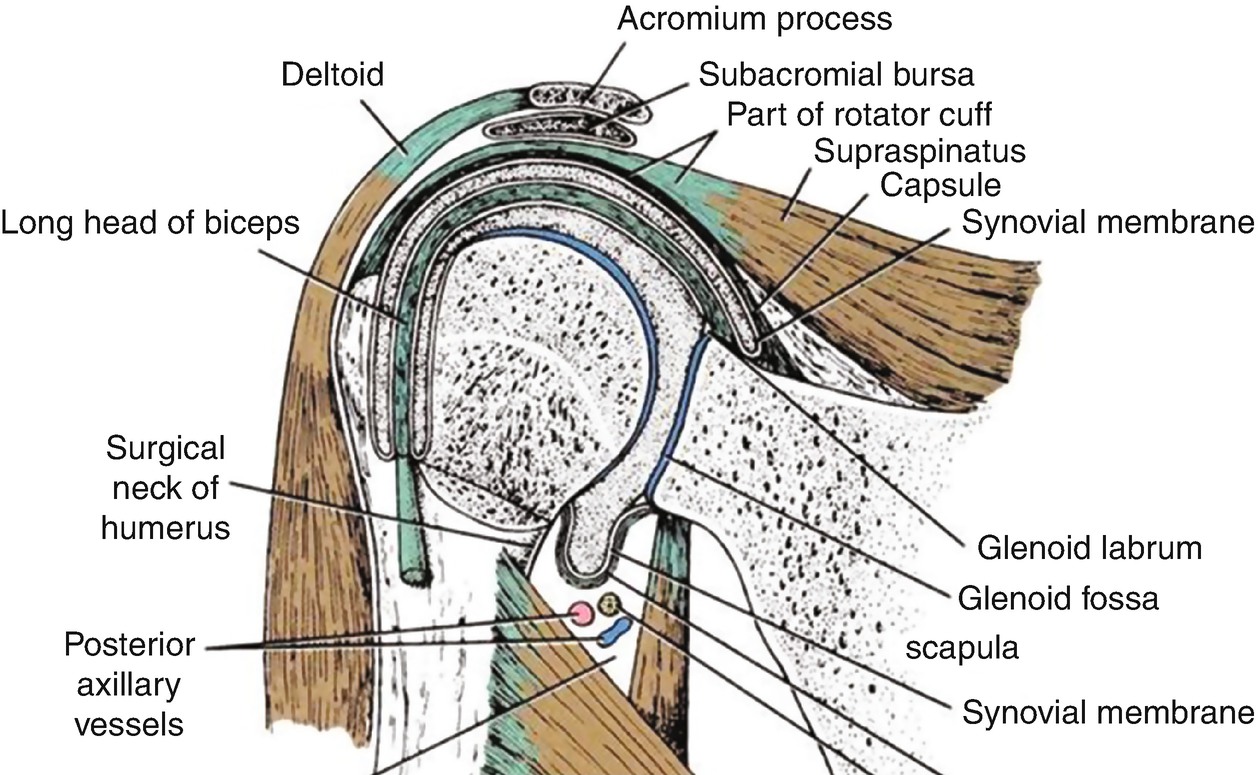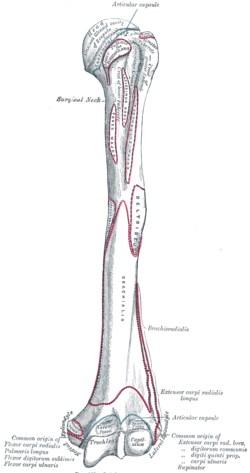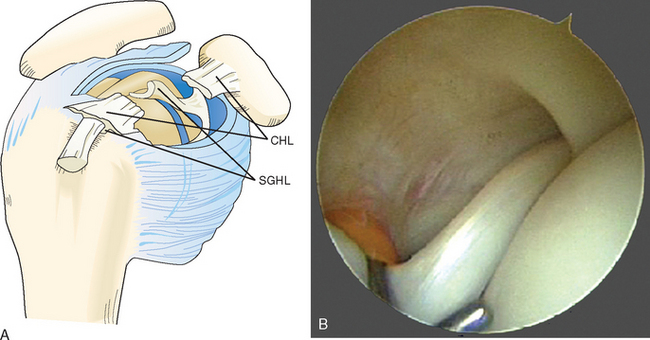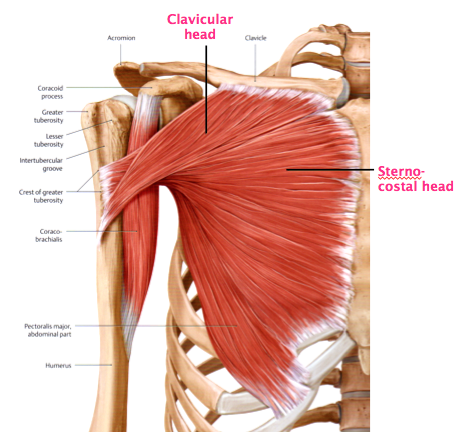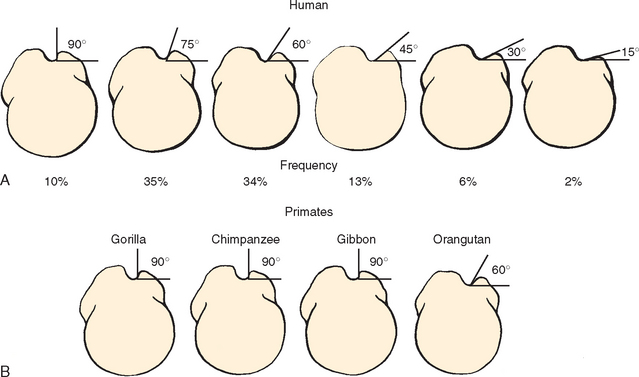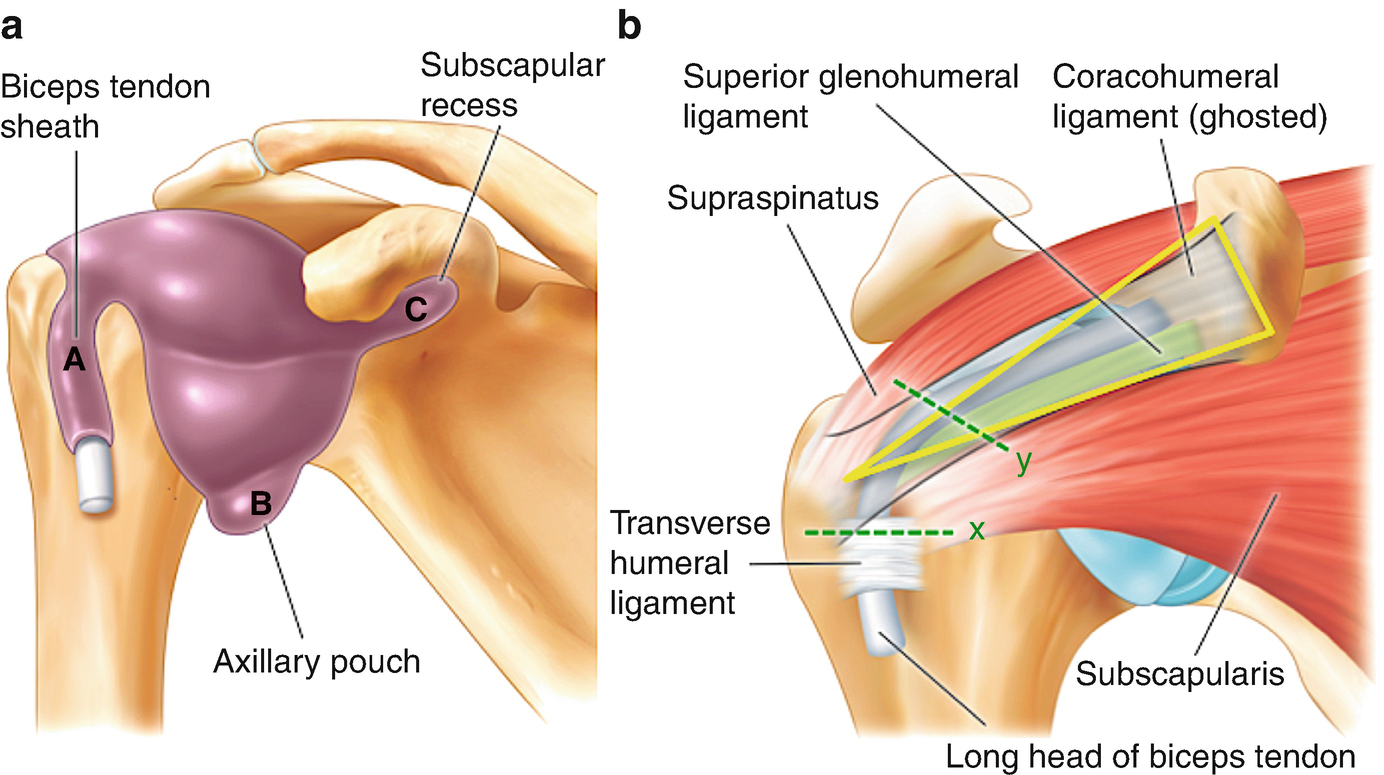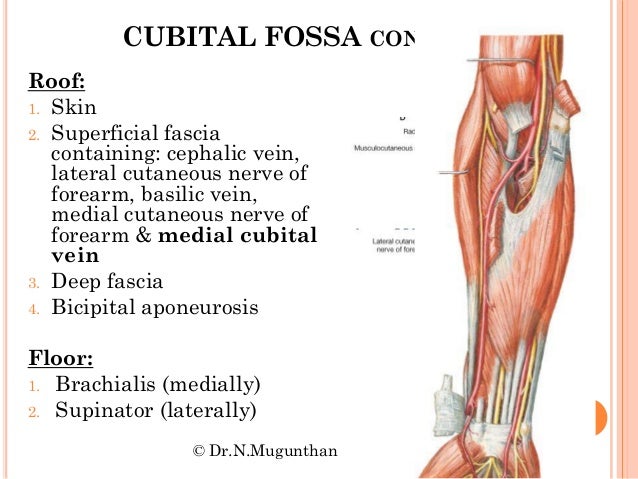Bicipital Groove Roof

In zone 2 67 of specimens demonstrated the presence of synovium.
Bicipital groove roof. It also transmits a branch of the anterior humeral. The bicipital groove was covered with a thick fibrous roof representing the transverse humeral ligament whereas the posterior groove with contact to the lhbt is covered with fibrous cartilage figure 3. It encloses the tendon of the long head of biceps brachii and its sheath in the bicipital groove forming a tunnel thus preventing it from subluxing out of the groove during shoulder movement. Bicipital root and proximal tendon disorders are an important symptom generator in the shoulder.
The groove is bordered on three sides by bone the bicipital ridge with a roof covered by the transverse humeral ligament. The transverse humeral ligament also know as the brodie ligament is a small broad ligament that extends between the lesser and greater tubercles of the humerus superior to the epiphyseal line. Occasionally the soft tissue restraints that maintain the position of the long head of the biceps tendon within the groove can be injured allowing the tendon to sublux or partially dislocate in and out of. In addition pacini like mechanoreceptors could be identified in the mesotenon in 9 37 5 of the specimens.
The accuracy of the diagnosis of many shoulder disorders visually without. The bicipital groove of the proximal humerus is formed by the medial and lateral tuberosities and serves to retain the long biceps tendon in its proper place as the arm moves.
